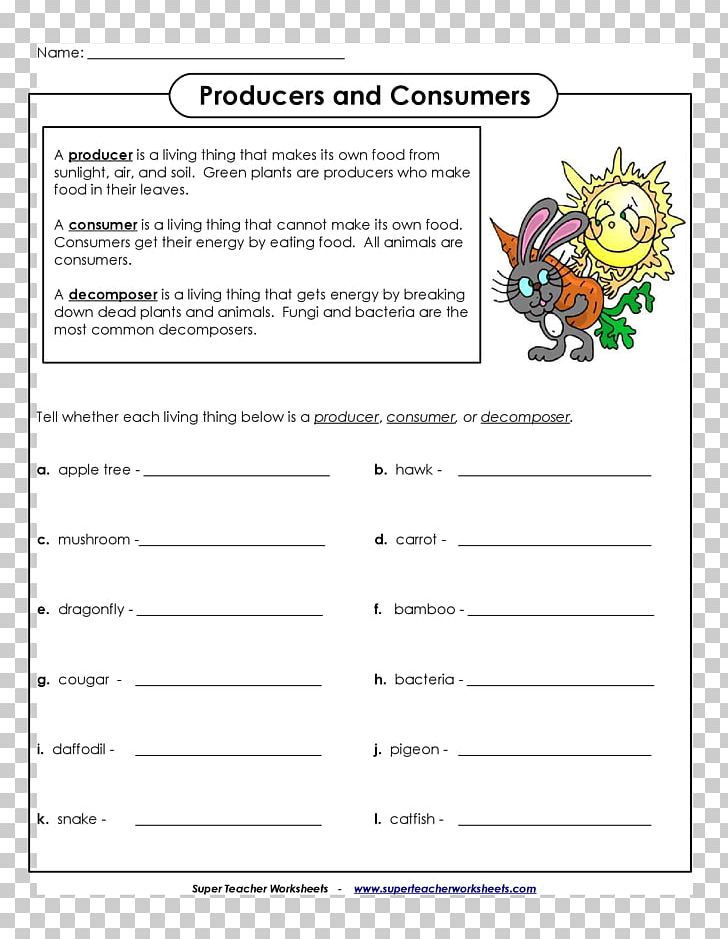Producers and Consumers: Joint Guardians of Food Safety
Food safety is a paramount concern that affects the well-being of every individual. Maintaining the safety of our food supply is a shared responsibility involving both producers and consumers.
Producers’ Role:
*
Adherence to Good Agricultural Practices (GAPs):
Producers must implement GAPs throughout the production process, from seed selection to harvesting. GAPs ensure proper handling, storage, and transportation of agricultural products to minimize contamination risks. *
Regular Testing and Monitoring:
Producers are responsible for conducting regular testing and monitoring to detect potential hazards in their products. This includes testing for pathogens, pesticides, and other contaminants. *
Traceability Systems:
Establishing traceability systems allows producers to track products throughout the supply chain, enabling rapid identification and recall of potentially contaminated products. *
Hygiene and Sanitation Standards:
Producers must maintain high standards of hygiene and sanitation in their facilities to prevent contamination from microorganisms or other sources.
Consumers’ Role:
*
Proper Food Handling and Preparation:
Consumers play a crucial role in preventing foodborne illnesses by practicing proper food handling and preparation techniques. This includes washing hands, thoroughly cooking foods, and storing perishable items properly. *
Food Safety Awareness:
Consumers should be aware of food safety practices and guidelines. They should choose products from reputable sources, follow storage instructions, and avoid consuming foods that appear spoiled or unsafe. *
Reporting Suspicious Products:
Consumers who encounter foods that they believe may be contaminated should report them to the appropriate authorities to facilitate investigation and potential recall.
Collaboration and Communication:
Effective food safety relies on close collaboration and communication between producers and consumers. Producers should provide consumers with clear instructions on proper handling and storage of their products. Consumers, in turn, should provide feedback on any concerns or suspected issues. Government agencies play a vital role in regulating and enforcing food safety standards, providing guidance, and facilitating collaboration between producers and consumers. By working together, producers, consumers, and government agencies can ensure the safety of our food supply and protect the health of the public. Remember, food safety is a shared responsibility. By fulfilling their respective roles, producers and consumers can safeguard the health of our communities and ensure that everyone has access to nutritious, safe food.Beef Supplies Remain Safe Amidst Flu Concerns
Beef Supplies Remain Safe Amidst Flu Concerns
USDA Studies Confirm Absence of Avian Influenza in Beef
Recent USDA studies provide reassuring evidence that the beef supply is safe for consumption. In one study, ground beef samples collected from retail stores in areas with confirmed cases of H5N1 flu in dairy herds tested negative for the virus. Another study examined carcasses of condemned dairy cows and found only one positive for H5N1, which cannot enter the food chain due to condemnation protocols. Additionally, a study comparing cooking temperatures found that cooking ground beef to 145°F or 160°F effectively destroyed the virus.
Livestock Producers and Consumers Play Crucial Roles
While these studies are encouraging, maintaining a safe beef supply requires vigilance from both livestock producers and consumers.
Biosecurity Measures for Livestock Producers
* Monitor livestock health daily for signs of illness. * Quarantine new arrivals for a minimum of 28 days. * Control movements on and off the farm. * Maintain cleanliness and sanitation in all aspects of livestock management. * Manage feed and water to avoid attracting wildlife.
Safe Handling and Cooking for Consumers
* Cook beef to the correct internal temperature: 145°F for steaks and roasts, 160°F for ground beef. * Do not rely on meat color to determine temperature; use a meat thermometer. * Avoid cross-contamination by using separate plates for raw and cooked beef. * Practice general food safety measures, including cleanliness and proper food storage.
Conclusion
Collaborative efforts among livestock producers, consumers, and industry professionals ensure the safety of the beef supply. By following recommended biosecurity measures and safe handling practices, we can maintain a healthy and nutritious food source for generations to come.Producers and consumers play crucial roles in ensuring food safety, a paramount concern for public health. Producers, including farmers and food processors, bear the primary responsibility for producing and handling food safely. They must adhere to Good Agricultural Practices (GAPs) and Good Manufacturing Practices (GMPs), which establish standards for hygiene, sanitation, and quality control throughout the production chain. By implementing stringent measures, producers can minimize the risk of microbial contamination, chemical hazards, and physical adulteration. Consumers also hold significant responsibility for safe food handling and storage. Practicing proper hygiene while cooking and preparing food, such as washing hands and surfaces, prevents the spread of bacteria and cross-contamination. Reading and following food labels carefully ensures that consumers are aware of potential allergens or special handling instructions. Proper refrigeration and storage practices help maintain food quality and prevent spoilage. Collaboration between producers and consumers is essential for effective food safety. Producers must provide consumers with accurate and transparent information about their products, including ingredients, nutrient content, and any potential hazards. Consumers, in turn, should actively seek information about food safety practices and remain vigilant in reporting any concerns. Government agencies play a vital role in regulating and enforcing food safety standards. They conduct inspections, monitor compliance, and provide guidance to producers and consumers. Collaboration between government, industry, and consumer groups enables a comprehensive approach to food safety, protecting public health effectively. In conclusion, the shared responsibility of producers and consumers is crucial for ensuring food safety. By adhering to best practices, practicing proper handling, and engaging in collaborative efforts, we can all contribute to a safer and healthier food supply.






















